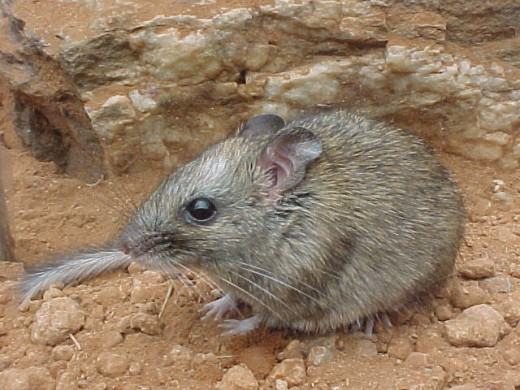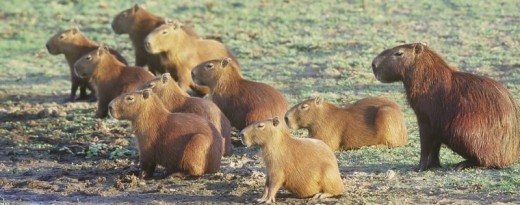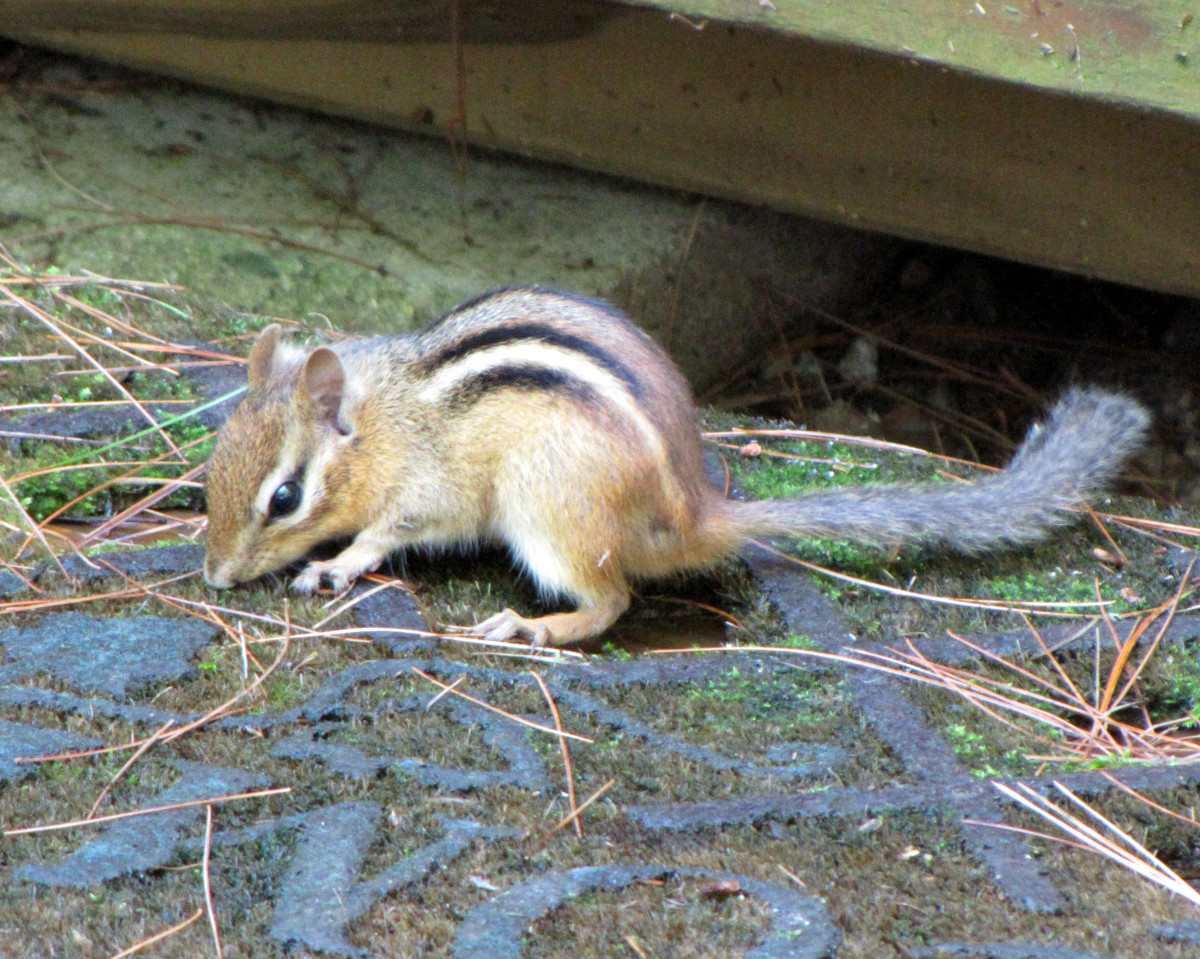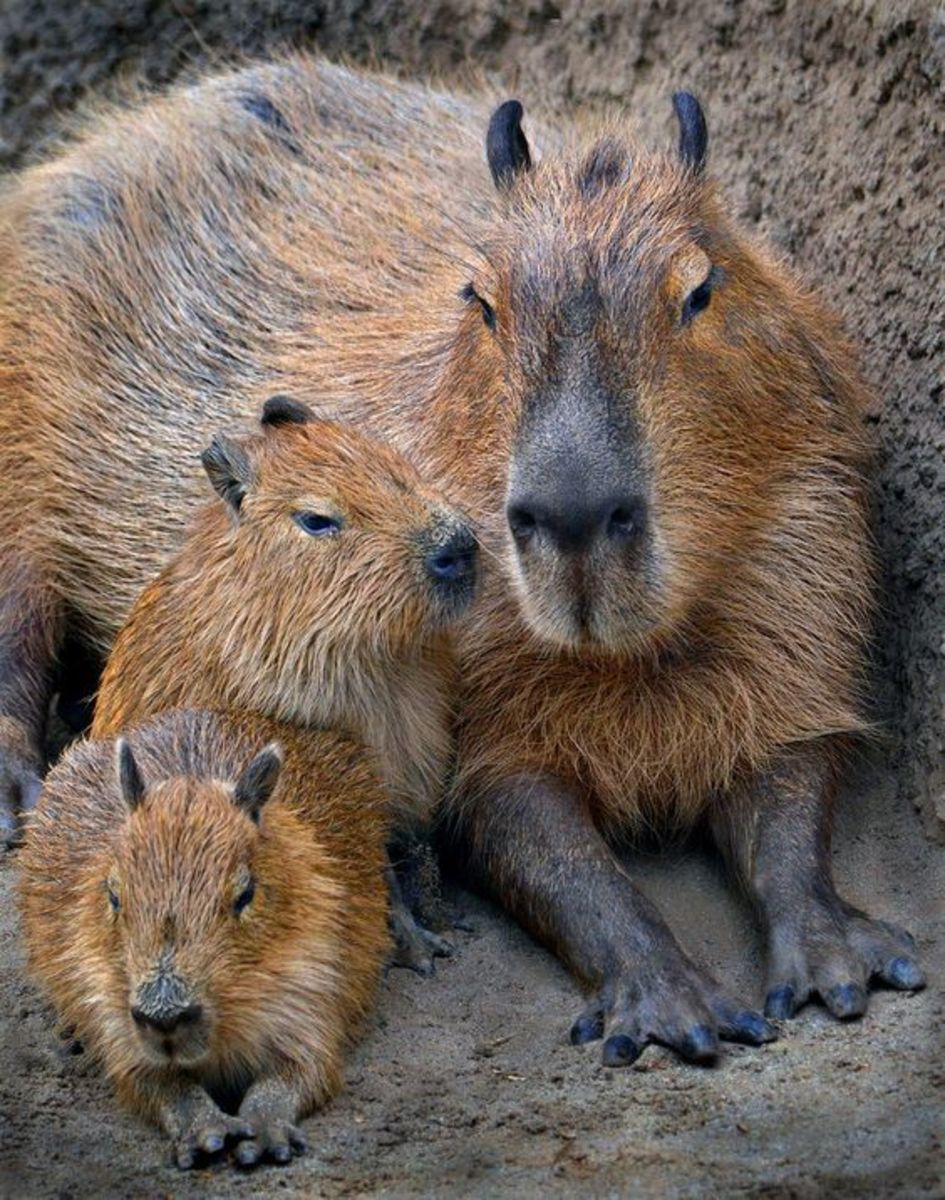World’s Biggest Rat - Largest Rat in the World - the Bosavi Woolly Rat
World’s Largest True Rat is the Bosavi Woolly Rat
The world’s biggest rat is the Bosavi Woolly rat. Bosavi Woolly rat inhibit the Mount Bosavi regions of the Papua New Guinea. Bosavi Woolly rat is a true rat just like the same kind of rats and mice you find in houses and city sewers. This largest rat in the world can weigh up to 1.5 kilograms, which is about the weight of ten ordinary house rats. The Bosavi Woolly rat can grow to a length of 3 feet long from nose to tail, and can live for up to 5 years. Bosavi Woolly rat is as big as a fully grown house cat. Bosavi Woolly rat was first first documented by BBC Natural History Unit film crew and Dr Kristofer Helgen. Bosavi Woolly rat belongs to the muridae family but is yet to be scientifically named.

True Rats and True Mice
Of all mammal species, about 40 percents are rodents. A rodent is any mammal whose incisors in the upper and lower jaws are continuously growing and these incisors must be kept short by gnawing. True rats and true mice are rodents classified to belong to muridae family, and so is the Bosavi Woolly Rat which is the world’s biggest true rat.
Difference between Rats and Mice
And, what is the difference between rats and mice? This may sound like an easy question but it can turn out to be very confusing. For example: in some areas, people believe that a mouse should be associated with well cultured and wealthy people, and that a rat should be associated with poverty and poor people.
Names ‘Rat’ and ‘Mouse’
The words ‘rat’ and ‘mouse’ are actually not from scientific classifications but rather crude name from ordinary people for rodents that look alike to the public. The truth is that there are very many species of rodents as 40 percents of all mammal species are rodents. The Norway rats, wood rats, African pouched rats, black rats, and naked mole rats are all different species of rodents and so are house mice, field mice, and dormice. All these are rodents and may not be closely related – the black rats may be of a species that is very distantly related to naked mole rats than they are related to the species of house mice.
What People Mean When They Talk of Rats and Mice
In ordinary life, when people talk of rats they mean the medium sized, stout-bodied rodents with pointed muzzles, long slender tails, and dexterous forepaws such as Norway/brown rats and black rats. When people talk of mice they mean the tiny sized rodents with soft gray or brown fur, long hairless tails, and un-proportionally large ears such as the house mouse.
World’s Biggest Rodent - Capybara
The world’s biggest rodent is capybara. Capybara inhabits savannas and dense forests of South America and tends to live near water bodies such as lakes, rivers, ponds, swamps, and marshes. A fully grown up capybara can grow to 4.5 feet in length and stand 2 feet tall. A capybara can weigh up to 90 kilograms, which is about the weight of a cheetah, and which is more than the average weight of an adult human.

Capybara Belongs to the Family Caviidae
Capybara is a rodent that belongs to the family caviidae whilst the true rats, mice, and Bosavi Woolly Rat are rodents that belong to the family muridae. The closest relatives of capybaras are the guinea pigs (has nothing to do with pig family or the country called Guinea). Capybara are more commonly found in groups of about 15 or so individuals, and of which such a group can have 2 adult males, 4 adult females and their young ones (juveniles). To dodge predators, capybaras will jump in water and will swim excellently as well as remaining completely submerged for up to five minutes. In South America, capybara are farmed for their delicious meat and skins whilst in the United States, capybara are kept as pets.




